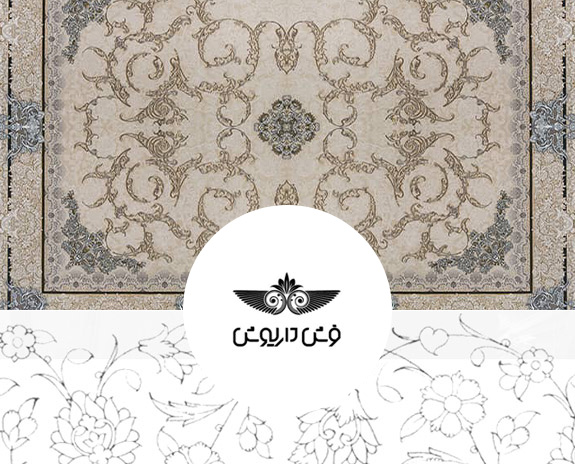
Dariush Carpet Company
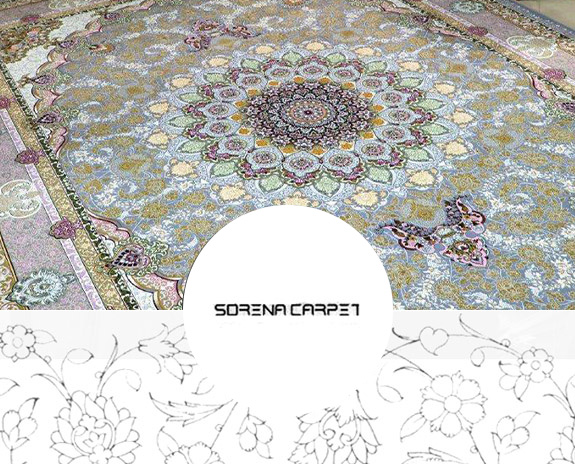
Sorena Carpet Company
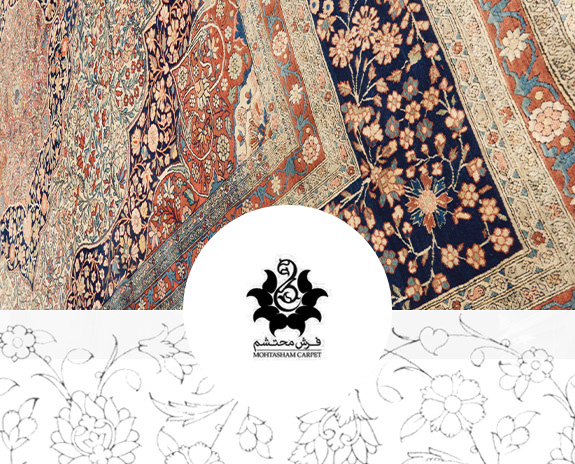
Mohtasham Carpet Company
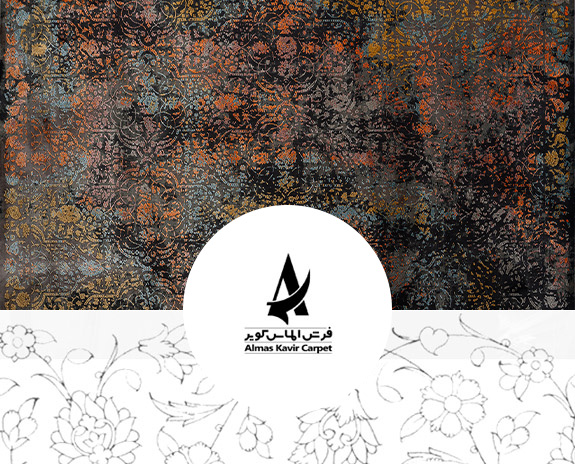
Almas Carpet Company

Bozorgmehr Carpet Company
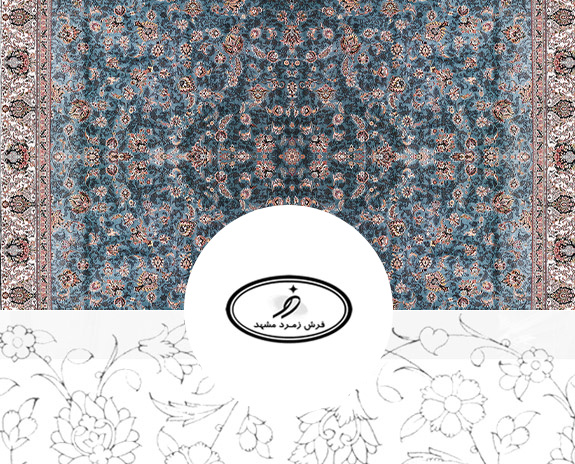
Zomorod Mashad Carpet Company
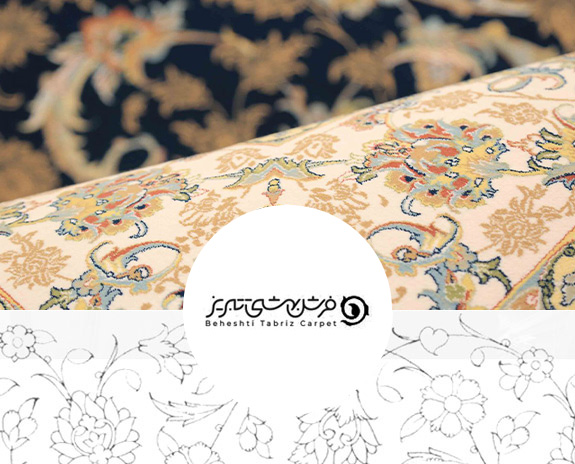
With a population of over 350 000 people, Kerman is located in the southeast of Iran, next to an oasis in the desert Dasht-e-Lut. Teheran is more than 1000 kilometers away, and the city was created in the 4th century. It was important for people to travel vast distances along the commerce routes between Iran and India. Nowadays, Kerman has a fantastic vibe with mosques, market blocks, and tea cafés. Carpet manufacture has traditionally been a significant sector, and Kerman carpets are immediately identifiable.
Among other styles, the design is characterized by a centrally located medallion and a broad border packed with flowers, and the ground color is frequently red. In addition, the carpets often include a medallion in the center, which is framed by colorful floral motifs. As a result, the pattern gives the rug a vibrant appearance. The pile is often constructed of high-quality sheep's wool, with cotton warps and wefts. Kerman carpets are in the middle of the pack in knot density compared to other Persian rugs (beginning at 160,000 knots per square meter).
✔ The design is dominated by a centrally located medallion and a broad border packed with flowers, and the ground color is frequently red.
✔ Carpets made before World War I frequently feature various designs, such as plants, animals, and figural patterns.
✔ Modern Kerman-Lavar carpets frequently include all-over floral themes in bright colors.
✔ Kerman was historically one of the most important trading centers for traders heading to or from India. Carpet knotting is still an essential aspect of Kerman's culture today.
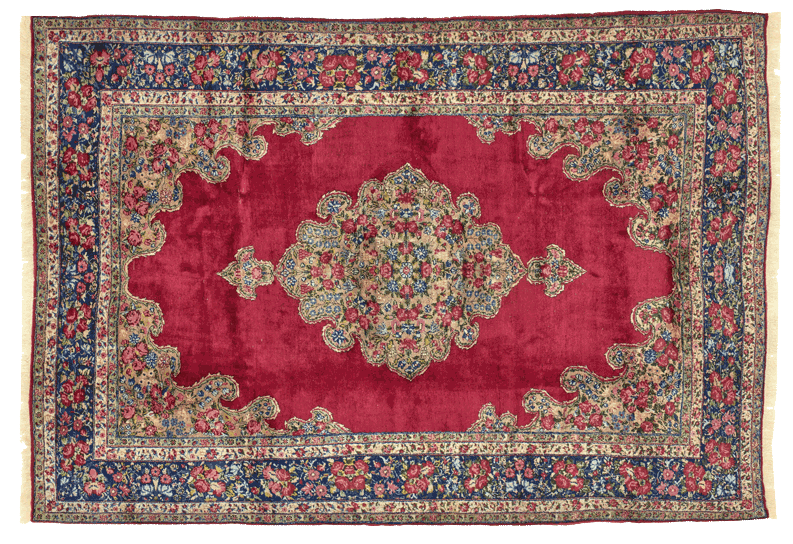 Antique Kerman Rug from Farmand Gallery
Antique Kerman Rug from Farmand Gallery
What is the good feature of Kerman rugs that makes them unique among other Persian rugs?
Kerman rugs are considered the most durable Persian carpets. They have a strong texture, and their colors become brighter the more they're used because of the unique techniques and dyes that Kerman producers use. This Persian carpet style also has unique designs, mostly includes of millefleur patterns.